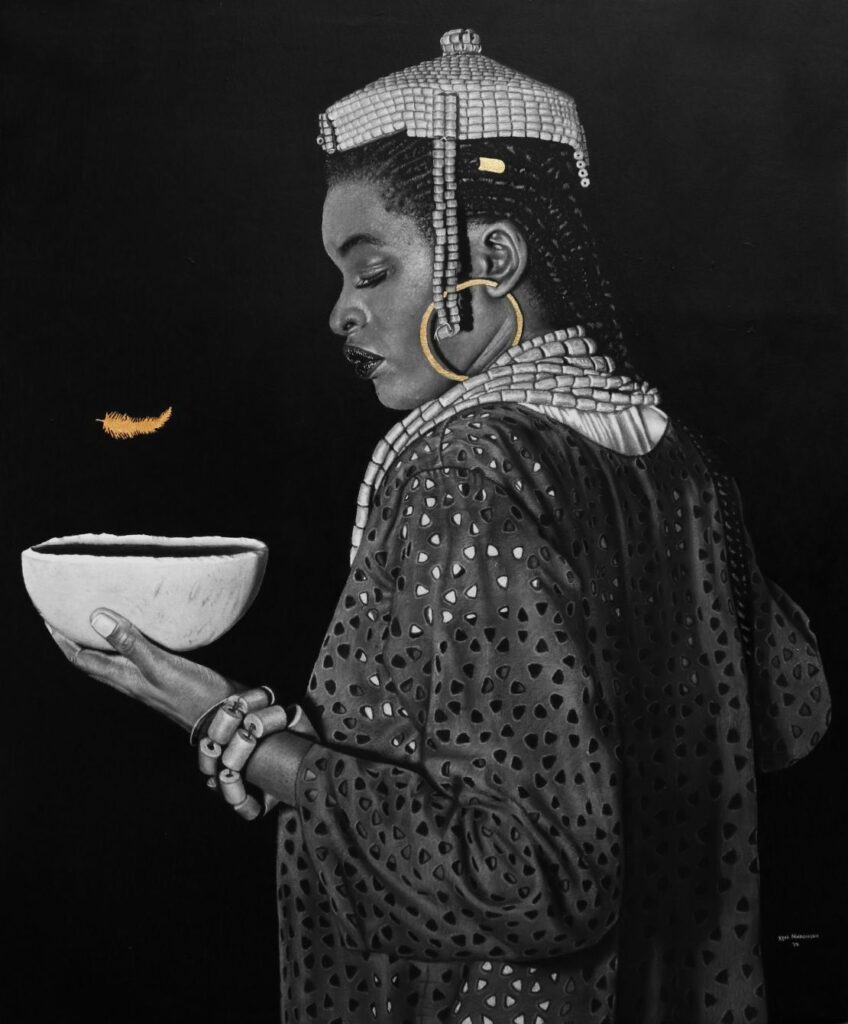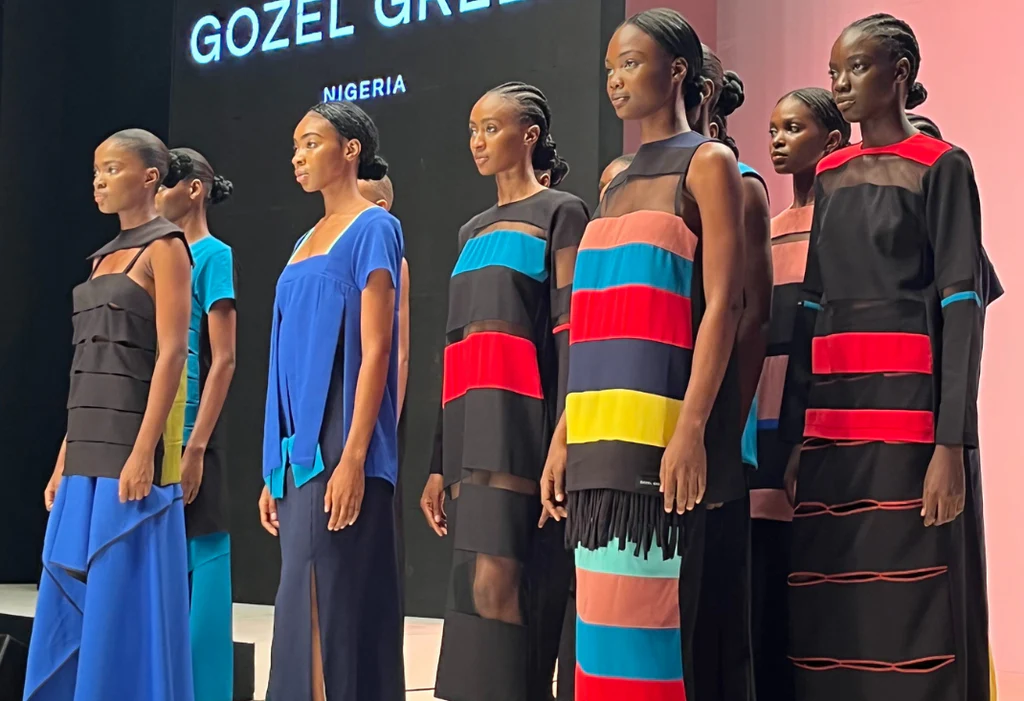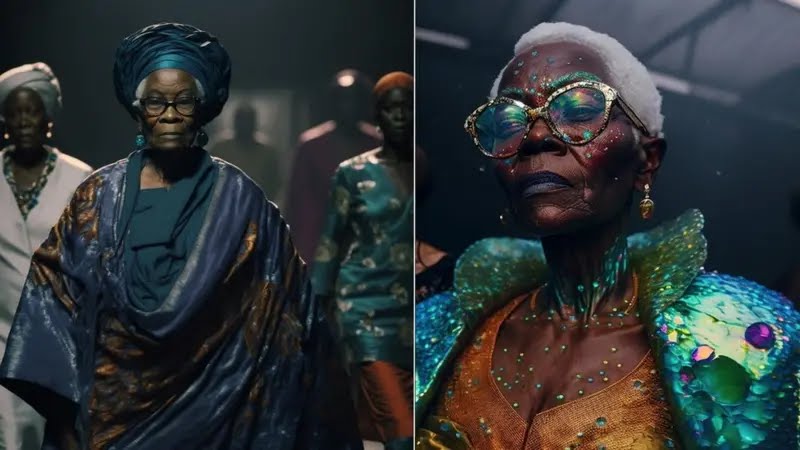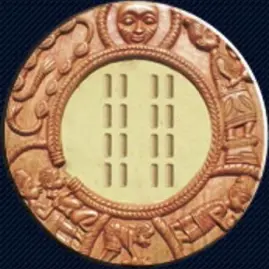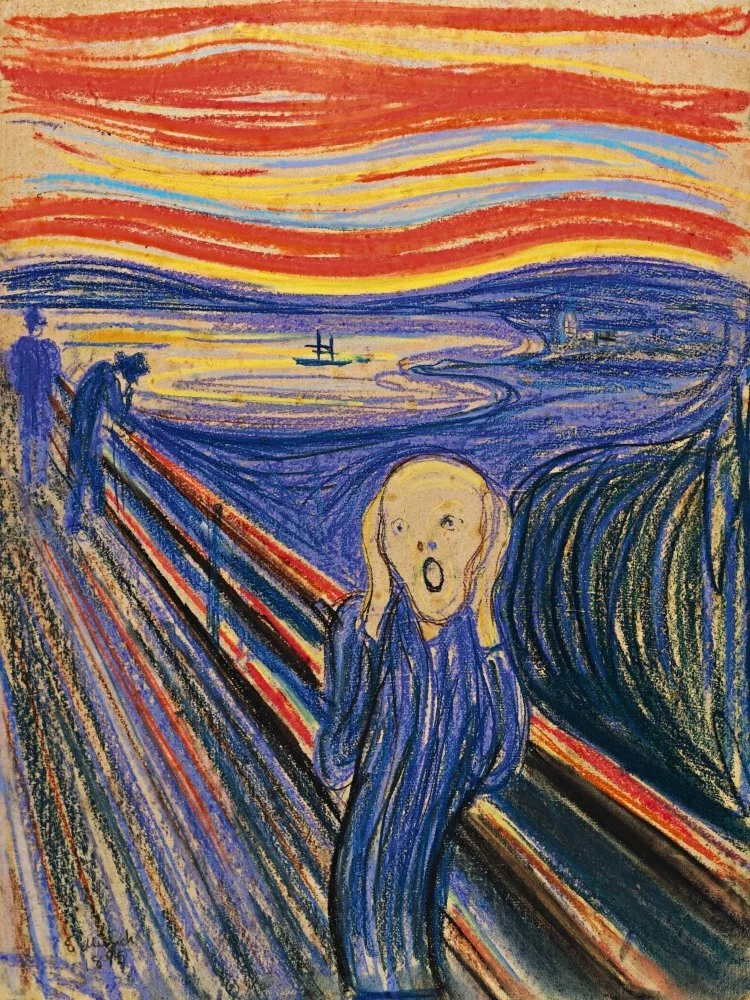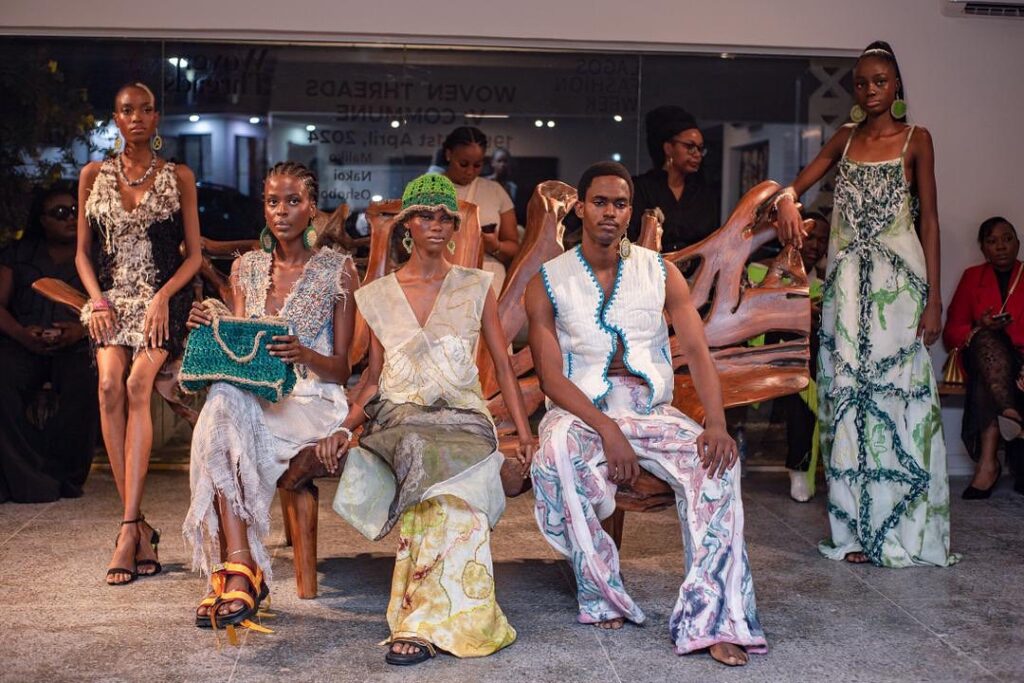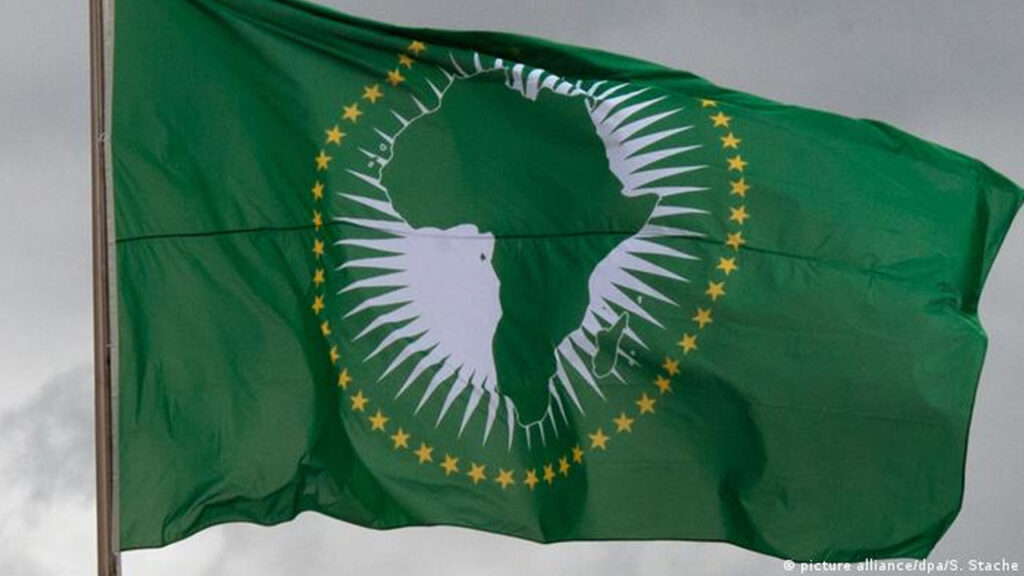Hyperrealistic paintings are relatively modern genre, which goes beyond works that exhibit an astonishing lifelike quality, often deceiving viewers into mistaking them for reality.
From a distance, hyperrealistic paintings or sculptures can easily be mistaken for genuine photographs or physical objects, a deliberate manipulation by artists to craft an illusion of reality through specialised techniques.
While hyperrealism shares roots with photo realism and realism, it has evolved into a distinct genre.
In Nigeria’s artistic landscape, hyperrealistic paintings have been on the continuous rise, and it is becoming a celebrated genre.
Hyperrealistic art allows you to pay attention to detail, these artworks blur the lines between reality and illusion, importantly, it makes it hard for the viewer to clarify between the painted image and the real object.
Nigeria is known for its rich cultural heritage and diverse artistic expressions, and has embraced hyperrealism as both a technique and a form of storytelling.
Olumide Oresegun’s mastery of the medium allows him to create images that are so lifelike; they appear to leap off the canvas. In an interview, he shares his perspective on the genre. Oresegun, whose hyperrealistic paintings have garnered international acclaim, said:
“Hyperrealism allows me to capture the essence of my subjects in a way that traditional painting cannot. Through careful observation and meticulous technique, I aim to evoke a sense of intimacy and authenticity in my work.”
Oresegun’s words reflect the profound connection between artist and subject that lies at the heart of hyperrealism. By painstakingly recreating every minute detail – from the texture of skin to the play of light and shadow – artists like Oresegun invite viewers to engage in a dialogue with the artwork, prompting them to question what is real and what is illusion.
Beyond the technical virtuosity of individual artists, hyperrealism in Nigeria also reflects broader social and cultural themes.
Through their choice of subjects and settings, artists often explore issues such as identity, tradition, and modernity. In the words of Chiamonwu Joy, another prominent Nigerian hyperrealist: “My paintings are not just about capturing likeness, but about capturing the spirit of my culture and heritage. Each brushstroke is a testament to the resilience and vibrancy of Nigeria.”
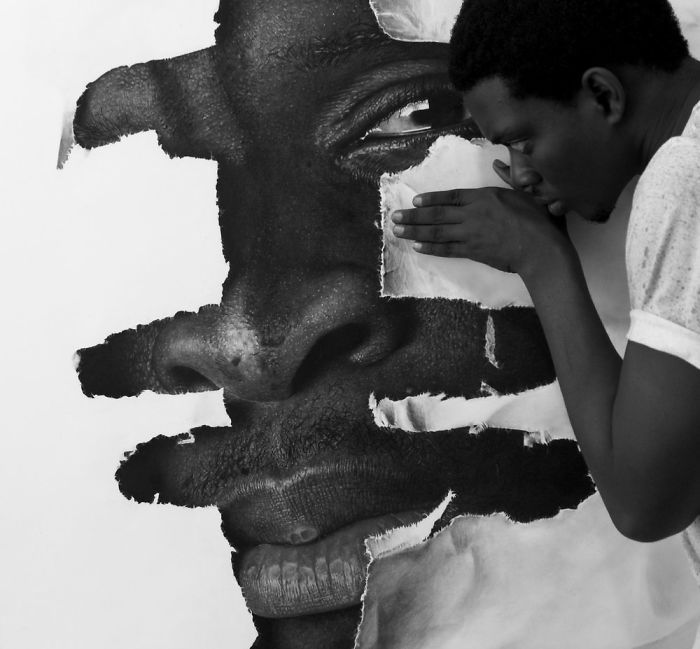
Indeed, hyperrealistic paintings serve as a visual chronicle of Nigerian society, offering a nuanced portrayal of its people, landscapes, and traditions. Whether depicting the hustle and bustle of urban life or the tranquility of rural landscapes, these artworks capture the complexity and diversity of the Nigerian experience.
In addition to their cultural significance, hyperrealistic paintings also occupy a unique space within the global art market.
With collectors and enthusiasts alike drawn to their striking realism and emotional depth, Nigerian hyperrealist artists have found success both at home and abroad.
As collector, Oluwaseun Akande, remarks: “There is something truly captivating about hyperrealistic paintings. They have the power to transport you to another world, to make you see things in a new light. Nigerian artists are at the forefront of this movement, pushing the boundaries of what is possible with paint and canvas.”
Indeed, the popularity of hyperrealism in Nigeria speaks to the universal appeal of art that transcends cultural and geographical boundaries. Through their extraordinary skill and vision, Nigerian hyperrealist artists have carved out a unique niche in the global art scene, captivating audiences with their unparalleled talent and creativity.
Lastly, hyperrealistic paintings have emerged as a powerful and captivating form of artistic expression in Nigeria.
One such place to get a lot of hyperrealistic works is the bustling streets of Lagos. Some of these such places include the Sabo-Yaba axis, also places like FESTAC harbors much of it, a depiction of what that place stands for.
Nigerian hyperrealist artists invite viewers on a journey into the heart of their nation, where reality and illusion merge to create something truly extraordinary.
As the genre continues to evolve and flourish, one thing is certain: the legacy of Nigerian hyperrealism will endure for generations to come.


